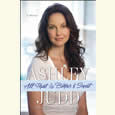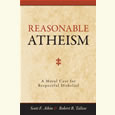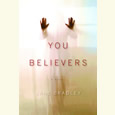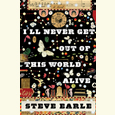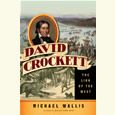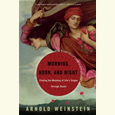Mama? She's Crazy
May 23, 2011 It may appear that Ashley Judd has led a charmed life. The daughter/sister of famed country duo Naomi and Wynonna Judd, she seemed to appear out of nowhere during the mid-90s, her pixie-like presence lighting up films such as Smoke, Kiss The Girls, and 2004’s De-Lovely. But there’s a dark side to her fame—and to the seemingly wholesome Judd empire itself. In All That Is Bitter & Sweet, Judd documents her lifelong battle with depression and dysfunction, and the discovery of her true calling: social activism. By recognizing herself in the lost children of Africa and Asia, Judd has emerged as one of the most recognizable faces in the international fight for both HIV prevention and gender equality.
